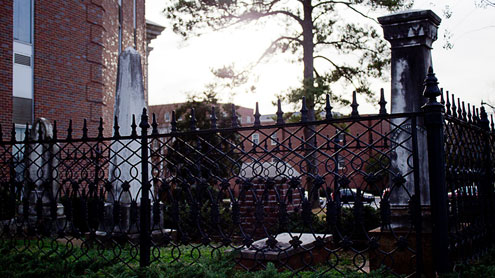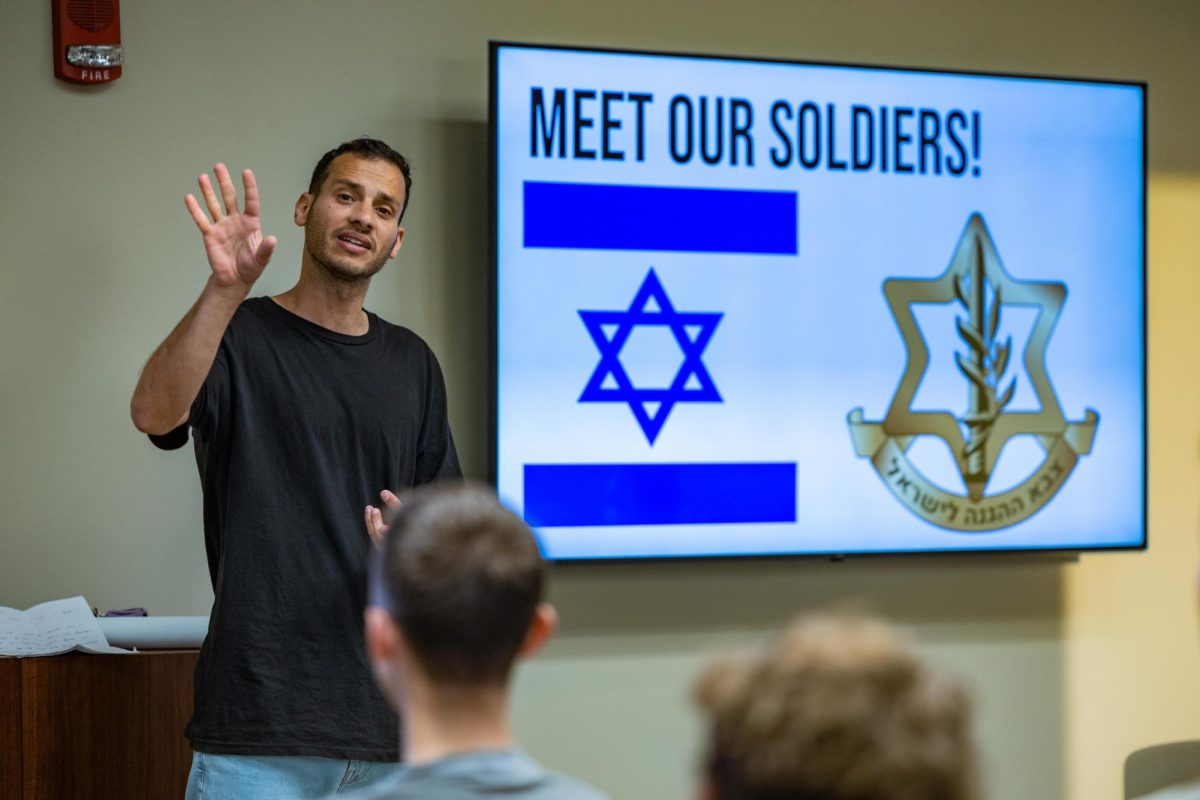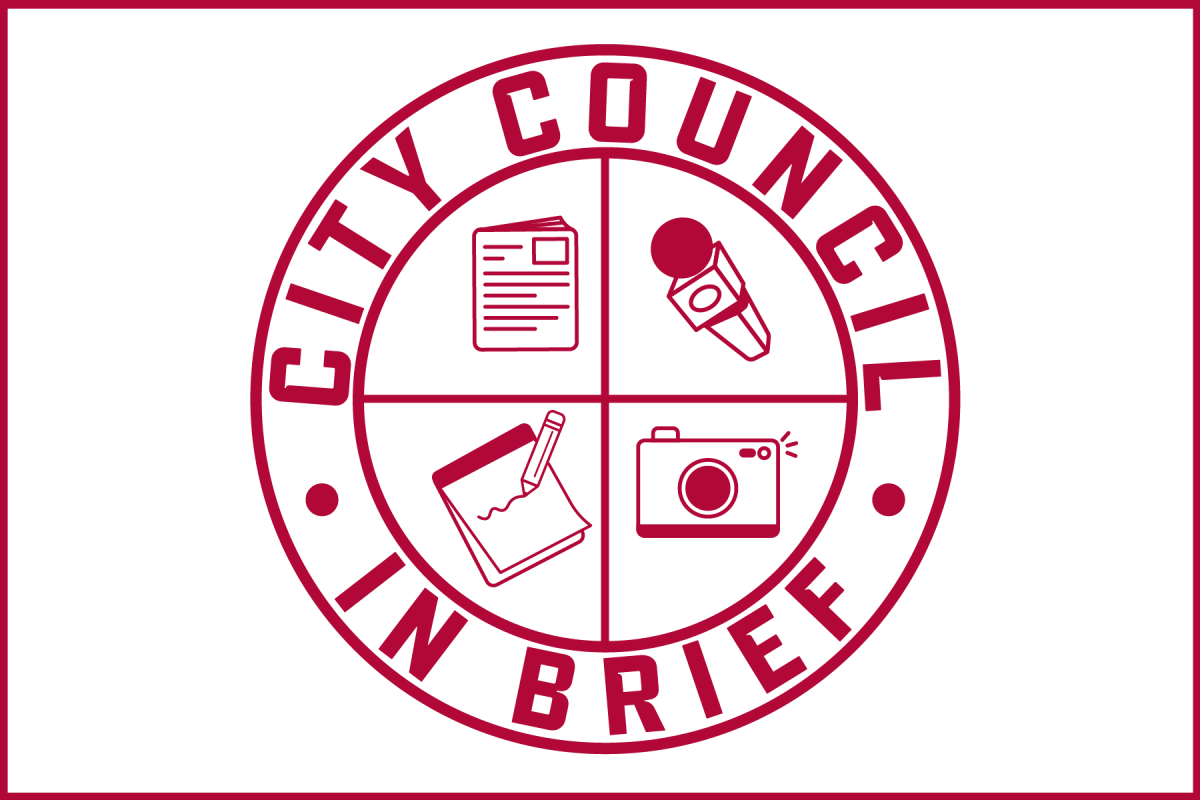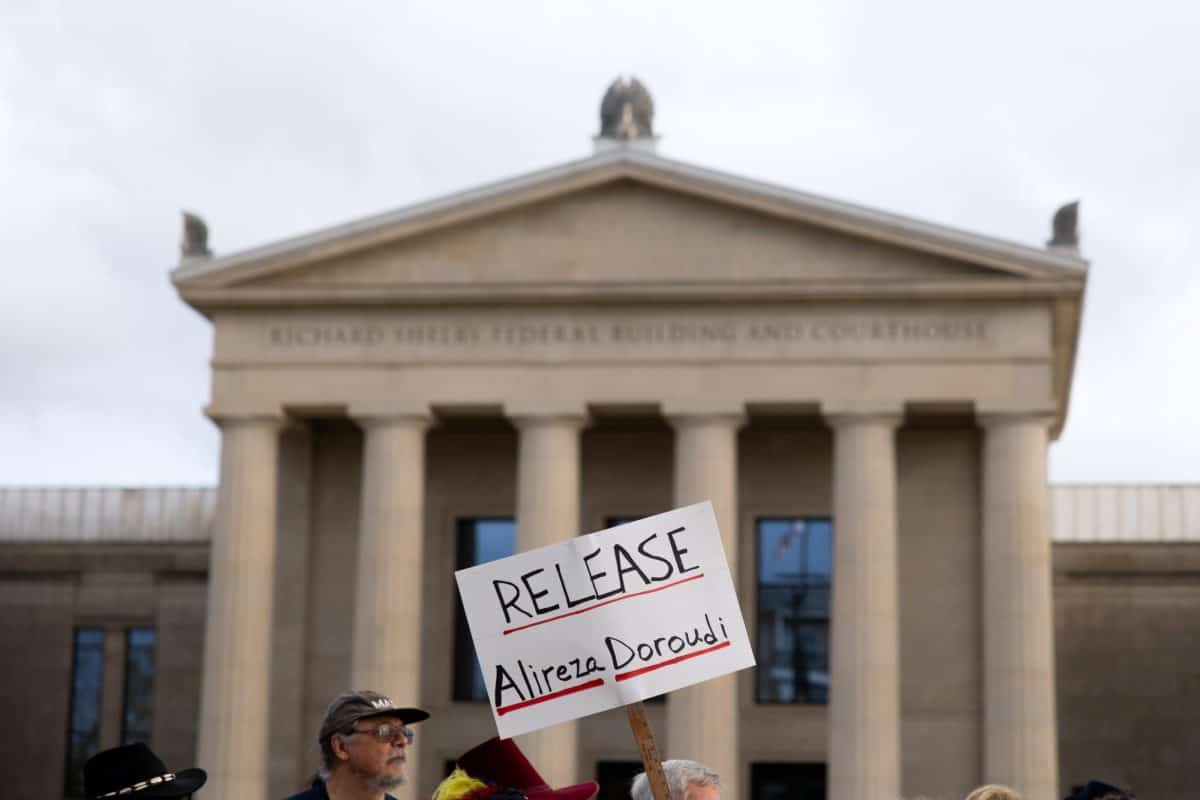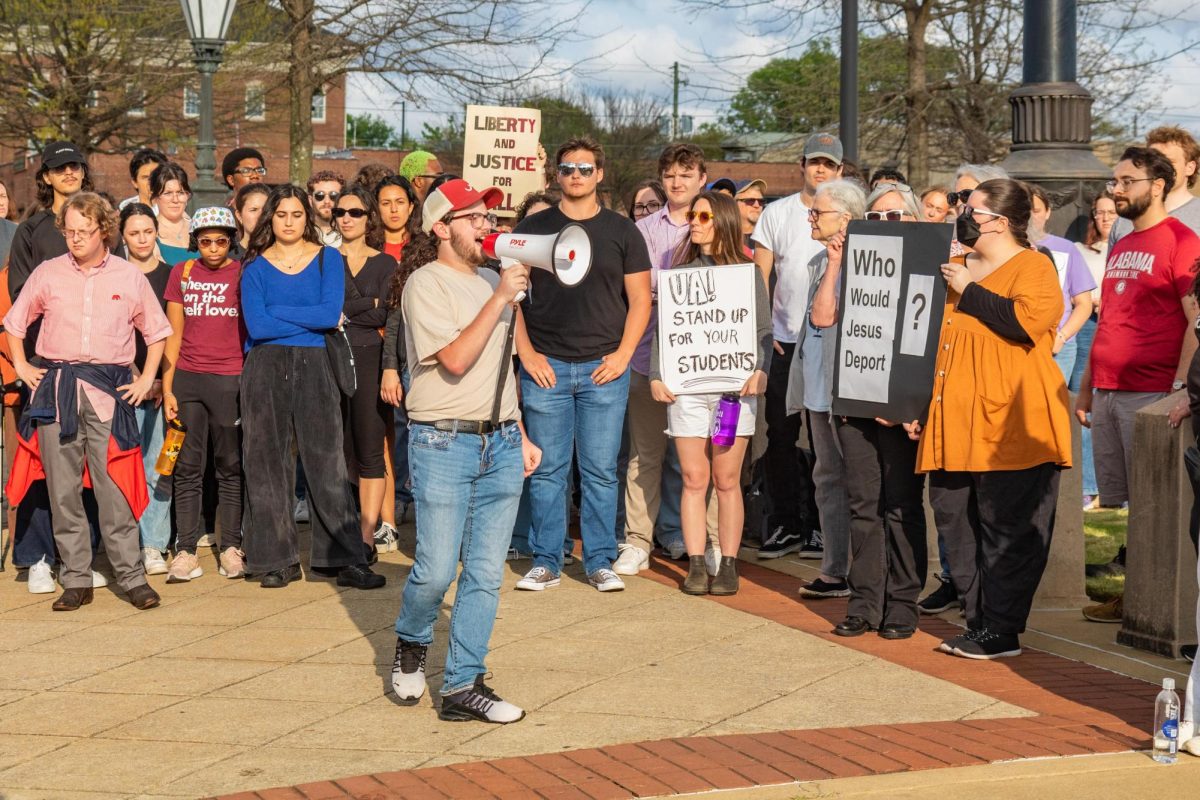Although the University of Alabama holds multiple historical landmarks students may pass on a daily basis, one of the most recently acknowledged has been in place since before the Civil War.
On Apr. 20, 2004, the University of Alabama officially apologized for the role it played in slavery prior to the Civil War with a plaque recognizing two faculty-owned slaves buried next to the Biology building on campus.
The slaves, whose gravesites were previously unmarked, were Jack Rudolph and William “Boysey” Brown.
“The marking of the slaves’ graves was one part of a larger recognition back in 2004 about the University’s connections to slavery,” said Alfred Brophy, the former UA law professor who recommended the apology. “Our faculty owned humans; the University regulations required that the faculty were the only people who could discipline slaves, so on occasion the faculty beat slaves; and the faculty were important developers and disseminators of pro-slavery thought. The graves are another reminder of the important connections between the slavery and the University.”
The plaque reads, “This plaque honors those whose labor and legacy of perseverance helped to build the University of Alabama community since its founding.”
Although the plot holds the remains of Horace S. Pratt and his family, the small cemetery has held the body of Rudolph since 1846 and that of Brown since 1844. Prior to the Civil War, small cemeteries such as the Pratt’s were very common.
“These small cemeteries are not as aberrational as you might think,” Brophy said. “Tragically, death was more common, and it was extremely difficult to transport students home when they died, so they were buried on site.”
“The goal was to get recognition and an apology for the faculty’s connection and promotion of the institution of slavery,” Brophy said. “Before the Civil War, they were leading developers and disseminators of slavery. They owned human beings and beat human beings.”
Brophy said black men and women were a part of the UA community before the students had even arrived. Slaves took part in the original construction of the University.
“It’s not like we don’t have the buildings built with slave labor,” Brophy said in an interview for al.com. “Having benefited from that labor, this institution has a moral duty to make amends.”
Although the current UA faculty did not play a part in their predecessors offenses, its efforts to right the wrongs done to slaves and to acknowledge the role they played is appreciated by many.
“In my opinion, when you have situations like this it is very hard to do something that is going to make everyone happy,” Daniel Whittemore, a junior majoring in economics, said. “Regardless of what you have done or didn’t do, you have to pay for the crimes of your predecessors. I feel like even though a lot of students don’t realize the plaque is there, the faculty made a sufficient apology, especially considering you cant just go back in time and completely erase slavery from UA’s history.”
Although some students can appreciate the plaque and the faculty’s attempt at reconciliation, others feel that the gesture is too little, too late.
“On the one hand, saying that the actions were regrettable and apologizing helps it a little,” Cody Dearman, a senior majoring in film, said. “On the other hand, acknowledging the role they had in pro-slavery practices and reminding people of that role surely doesn’t help matters. One incident of backtracking is not enough to erase decades of intolerance.”



